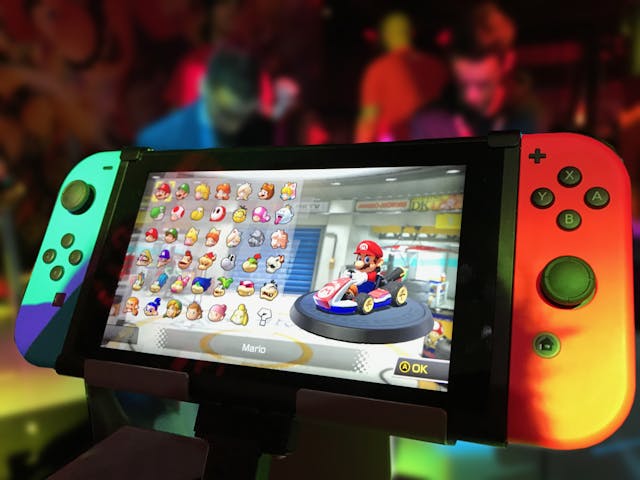The original Nintendo Switch made a name for itself by taking an unconventional approach. It wasn’t the most powerful console on the market, but it stood out for its flexibility, accessibility, and rich library of unforgettable games. Years later — even with OLED revisions and firmware updates — its hardware is starting to feel like it belongs to another era. That’s why there’s so much buzz around the Nintendo Switch 2.

Post Contents
Market Speculation and Incentive-Driven Expectations
So far, Nintendo hasn’t officially confirmed anything. But when developers start dropping hints and hardware suppliers go suspiciously quiet, fans take notice. It’s a pattern. People who spend time on gaming platforms or bonus-heavy sites — like those familiar with promo code for 4rabet — know how anticipation works. Just like 4rabet offers new players sign-up rewards and access to exclusive deals, many are hoping Nintendo’s new console will launch with a few perks of its own. Maybe not cash bonuses, but bundled games, discounts, or early-access content would hit the mark.
All Signs Point to an Upgrade
At this point, most of the information comes from supply chain leaks and spoilers from developers. And while the details are sketchy, the direction is clear: better hardware, smoother gameplay, and a more connected experience. For long-time Switch users, that sounds like overdue evolution.
Hardware Expectations and Visual Improvements
One thing that’s expected is a serious bump in performance. The current console runs many games well enough, but it’s not built for resource-heavy titles. That’s why many developers have scaled back releases or skipped the Switch entirely. If Nintendo wants to bring in more third-party support, they’ll need to meet those baseline technical requirements — faster processor, more RAM, and upgraded graphics handling.
Time for a Display Revolution
The visual experience is also due for an upgrade. The OLED model was a nice step, but still capped resolution and frame rates. The next device could push handheld visuals closer to 1080p, with docked play getting upscaled 4K support. That alone would make ports of modern titles more viable. And if they also tackle faster storage and better cooling, it could make the entire user experience more fluid.
Backward Compatibility and Design Tweaks
Aside from raw specs, there’s a deeper layer that fans care about: what happens to their existing library. Backwards compatibility has been hinted at, though nothing confirmed. For players with hundreds of hours logged and digital purchases tied to their account, that continuity matters. If Nintendo pulls it off, the transition could feel more like an upgrade than a full reset.
Nintendo’s Unique Place in the Market
There’s also speculation about new design elements, but nothing concrete yet. Some patents suggest modular concepts or revised Joy-Cons, possibly even with improved haptics or magnetic attachments. That said, Nintendo has a habit of filing experimental designs that never see the light of day. Still, slight tweaks — better ergonomics, tighter docks, maybe even adjustable screens — would go a long way.
What Matters Most in 2025
The Switch 2 won’t be judged just by its launch titles or screen resolution. It’ll also need to fit into how people play now — sometimes docked, sometimes handheld, often online. A few key areas will likely determine how well it lands:
- Transition ease – If old games, accessories, and accounts carry over, users will adopt it faster.
- Battery and portability – If it can maintain strong battery life while boosting power, that balance will matter more than raw speed.
Risks and the Road Ahead
There’s no guarantee of success. Pricing will be crucial — too expensive, and it might feel like a luxury instead of an upgrade. Global supply chains still pose a risk. And unless Nintendo improves their online systems and store functionality, they might lose ground to more seamless platforms.
Still, the interest is there. Players are ready for something new, but they don’t want to lose what they already have. The Switch 2 has a chance to offer both. It doesn’t need to be flashy — it just needs to feel like a natural next step. And if it lands right, it could define another decade of how we game on the move.